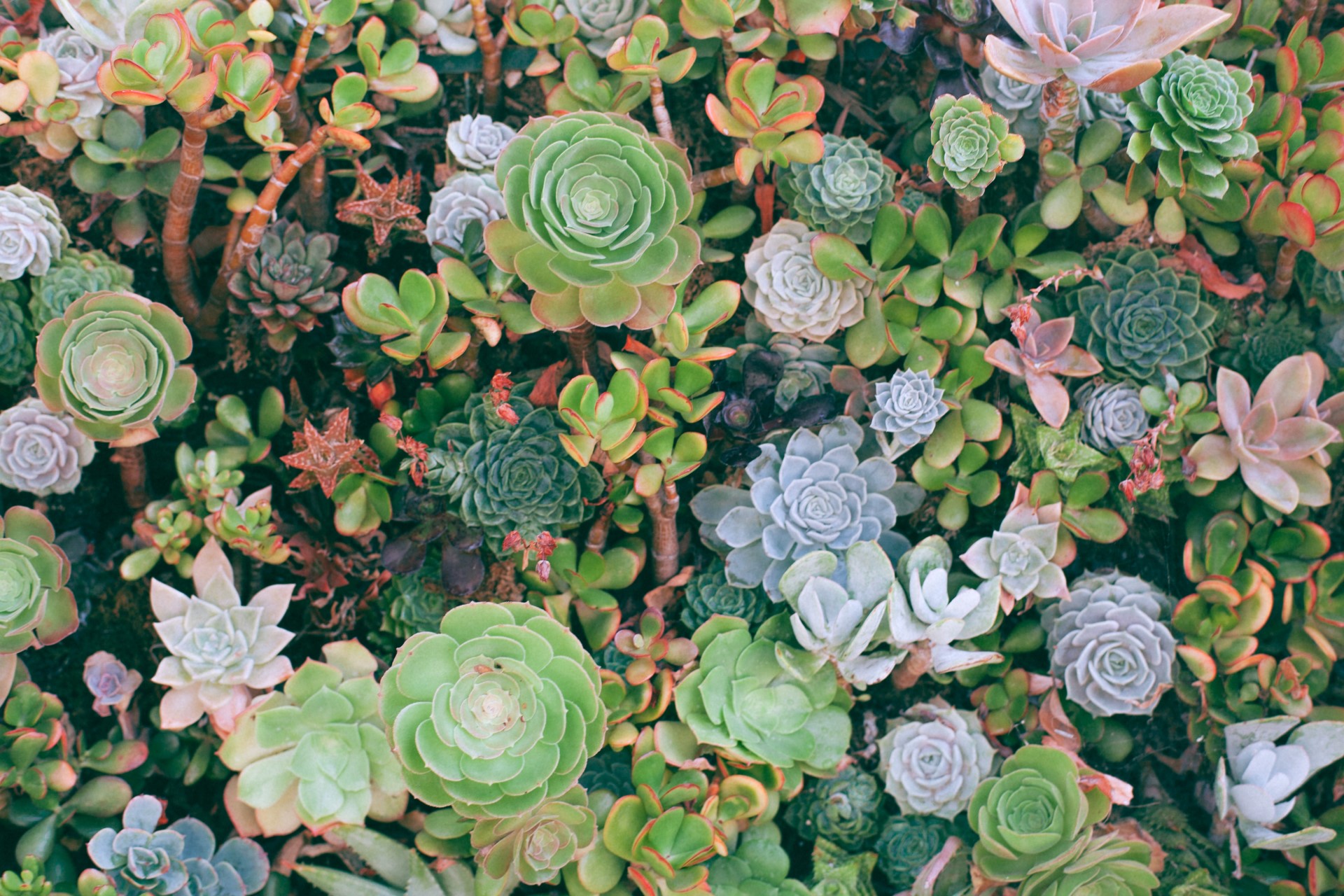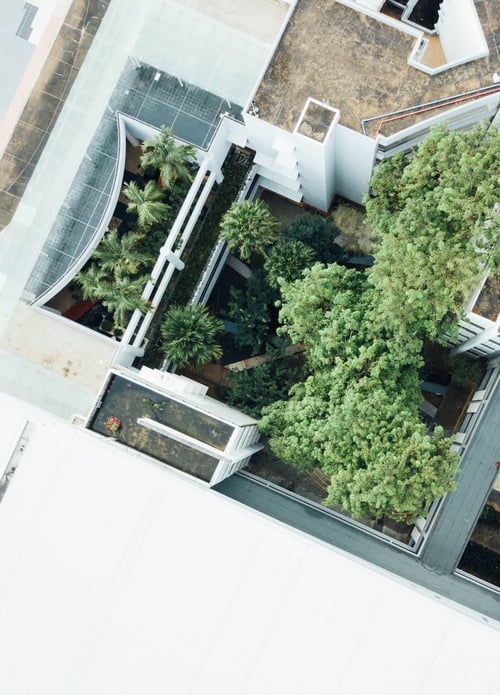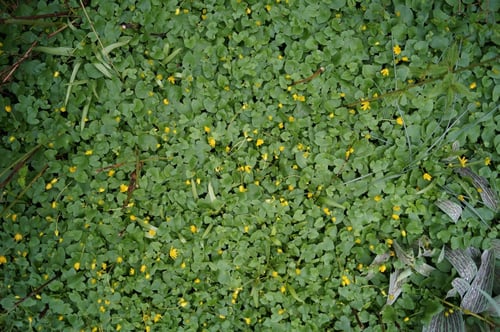
Stewardship, a partnership between a green roofer and its caretakers intended to keep it viable long into the future, is critical if we don’t want ecological design to fail.
We hear a lot about green roof maintenance.
The word gets tossed around in landscape architecture and ecological design, the clear implication that as long as you attend to a system in some way, it will do just fine.
However, the assumption underlying the concept of maintenance – that you can take the same cookie-cutter approach on a twice-yearly basis to each green roof – fails to consider one important truth:
No two green roofs are alike.
If you haul the same bucket of supplies up every time, without testing and inspecting plants and components, then eventually you will miss problems. First little ones, and then big.
Maintenance, in other words, is not enough.
We need stewardship, in which the green roofer pays careful attention to the roof’s needs at each visit, and only then plans for the next visit. This flexible, systemic approach engenders a much greater success rate than simple maintenance – or worse, neglect.
So why are green roofs and stewardship so inextricably intertwined? Here are just a few reasons.
1. Microclimates and Hyperlocal Environments Are Freaks of Nature
 We can’t put it any more mildly: Microclimates and hyperlocal environmental conditions are freaks of nature.
We can’t put it any more mildly: Microclimates and hyperlocal environmental conditions are freaks of nature.
Seriously, you can have two buildings on the same block, of the same height, looking straight across at one another, and they will exhibit two different environments. Factors such as wind, hyperlocal weather patterns, and the amount of daily sunlight all contribute to make one green roof perform differently from another.
That’s why green roofs and stewardship are so inextricable. If you don’t make provision for the latter, you’ll find the former quickly goes in directions you don’t expect – usually not for the better.
2. Plant and Animal Life Is Beyond Our Control
Similarly, we can’t predict plant and animal life on one roof versus another.
For instance, perhaps some bird finds one building more attractive than the other, and decides to nest there. Maybe that doesn’t have a large impact, but maybe it does.
Ditto with insect communities and plants from “the outside,” that weren’t in the original plan. In many cases, these factors have minimal impact, but sometimes they can prove catastrophic. Even a minor insect infestation may mean use of an organic pesticide that harms plants and beneficial insects.
Bottom line? Those things are out of our control. The only way to keep it in our control is to be up there, adjusting the approach month by month and year by year.
3. We’re Asking a Lot of Our Plants

Many people don’t realize that green roofs aren’t natural environments.
The prevailing assumption is that we simply plop a slice of nature on top of a roof and it “becomes” nature itself.
That’s not true. What we’re actually doing is shoving the natural world into a very unforgiving pocket of the urban sphere. The green roof can’t just “take over” from there. Without constant shepherding, it will fail.
This is largely because we’re asking so much of our plants. Yes, they are hardy, and frequently make their homes in unforgiving city environments as it is – think sidewalks, cliffs, ravines, and so forth. But plants choose to live there for their own reasons, and in any case, their residence is often short-lived.
When we choose where they’re going to live, long-term, it’s a different matter. We ask them to provide stormwater benefits, live up to aesthetic design and put up with extreme weather conditions – and they’re going to need help with that.
4. Plants Can’t Nurture Themselves
In the natural world, plants get their food from sunlight and from the soil at their feet.
On a green roof, that soil becomes media, and is extremely limited. There’s no bioaccumulation like happens on a forest floor or in a grassland. Nutrients leave the system much faster than they get added. Without constant and proper replenishment, plants run out of food.
Plus, different systems need different foods. Depending on the plants, the microclimate and other factors, your roof might do best with compost tea, bio-char or another input, but you won’t know unless you spend consistent time stewarding that roof.
A maintenance feeding cycle won’t cut it. Without tests and inspections showing what plants need right now, according to season and weather and other conditions, you end up feeding them incorrectly or incompletely.
If you want to avoid that, it’s time to make a stewardship plan for your green roof today.
Good news: Ecogardens can help. All you have to do is get in touch.
Sign up for a free assessment of your green roof. Our team will look at your roof and provide a detailed & actionable maintenance report. Discover more details about what's included in a free assessment with us and sign up below:

